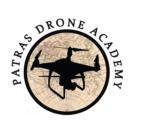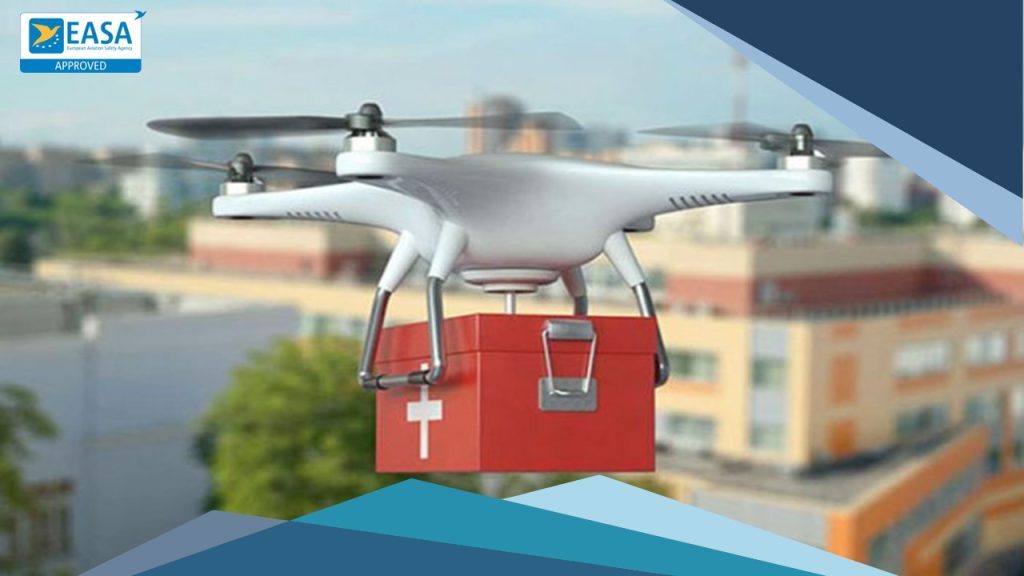Drones, or unmanned aerial vehicles (UAVs), have become increasingly popular in recent years. They are used for various purposes, such as delivery of goods, surveillance and search and rescue. Medical assistance is one area where drones have the potential to make a significant difference.
Methods of providing medical assistance with a drone
There are several ways in which drones can be used to provide medical assistance. One way is the delivery of medical supplies. Drones can deliver medicines, blood, first aid equipment and other medical supplies to remote or hard-to-reach areas. This can be particularly useful in countries with developing economies where access to healthcare may be limited.
Another way in which drones can be used to provide medical assistance is to transport patients. Drones can be used to transport injured people or patients to hospitals or clinics. This can be useful in cases where traditional transport, such as by ambulance, is not possible. For example, drones can be used to transport patients from remote areas or to disaster-stricken areas.
Finally, drones can be used to provide medical care remotely. Drones can be equipped with cameras and other sensors that can be used to monitor patients or provide telemedicine. This can be useful in situations where access to medical care is limited or where patients cannot move.
Advantages of using drones for medical assistance
The use of drones for medical assistance has many advantages. Drones are versatile and can be adapted to fulfil various roles. It is also relatively fast and economical. In addition, drones can fly in areas that are difficult to access for traditional vehicles.
Some specific examples of the benefits of using drones for medical assistance include the following:
- Speed: Drones can deliver medical supplies or transport patients much faster than with traditional means of transport. This can be vital in situations where time is critical, such as in emergencies or in areas with limited access to medical care.
- Safety: drones can fly in areas that are dangerous for traditional vehicles. This can help reduce the risk to health workers and patients.
- Adequacy: drones can be used to deliver medical supplies to disaster-stricken areas or where access to medical care is limited. This can help improve access to healthcare for the people who need it most.
Opportunities for the future
The technology of drones is constantly evolving. This means that the potential for using drones for medical assistance is also increasing. For example, drones could be used to deliver medical robots that could help in the care of patients. Drones could also be used to provide medical education and training in remote areas.
The use of drones for medical assistance is a promising new technology with the potential to significantly improve access to medical care for people around the world.

